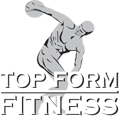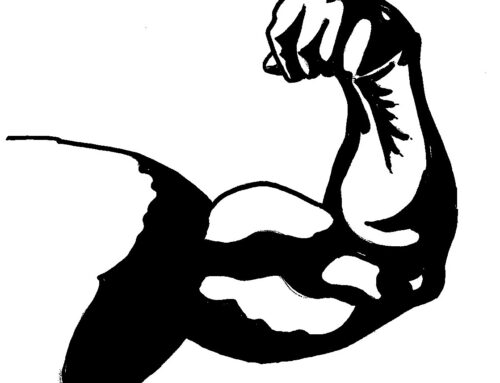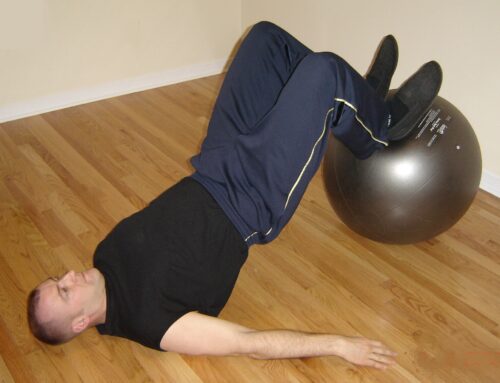The key to making physical changes with your training program (ie: improving your physique, building muscle, etc) is PROGRESSION. Most people think that means lifting more weight than you did before, which certainly is the primary way to progressively introduce greater muscle tension. But if your goal is to gain muscle, maintain lean tissue while losing fat, or reshape your physique (rather than just to “get stronger” or improve performance) there are other forms of progression worth implementing.
If you’re new to lifting weights then it makes sense to focus on getting stronger first. But if you already have at least a year of lifting experience and a decent strength base, it’s time to look at ways to progress in addition to increasing load. These strategies can also be employed if you hit a plateau where you are unable to move more resistance than you already are.
1. Do More Reps:
If you’ve been training heavy in the 6 to 8 rep range for a while, instead of doing fewer reps in an attempt to move heavier weight, try working in the 8 to 12 rep range for month or so. Or even the 10 to 15 rep range for a week or two. Your muscles will respond to the higher volume training and will be forced to adapt to the new stimulus.
2. Vary Your Tempo (Rep Speed):
Try slowing down the eccentric, or negative, part of each repetition. For example, take about 1 second to lift the weight and 2 or 3 seconds to lower it under slow control. Also, try pausing at the peak contraction of each rep and focus on intensely squeezing the muscle for a second.
3. More Time Under Tension (TUT):
By performing more repetitions and / or slowing down your rep speed, you are increasing the TUT for each set. This is another excellent training variable to work on progressing. Try to maintain continuous tension throughout each set, by avoiding swinging the weight or resting at the end of each rep.
4. Introduce More Sets:
Another way to increase the volume of your training is to add an extra set of each main exercise. This is a very effective method of progression which doesn’t require you to add more load. You can slowly work up to increasing the weight once you adapt to the higher set / rep range.
5. Reduce Rest Intervals:
Reducing the amount of rest between sets is another progression strategy. This will noticeably increase the intensity of your training session. Aim for 30 to 90 seconds rest between sets.
6. Incorporate Set Extension Techniques:
Drop sets, partial reps, rest-pause, and negatives are excellent set-extension techniques that will force you to progress. Here is a video demonstrating some of these techniques:
7. Train With Focus and Intensity:
This relates to your mind-muscle connection. Focus on really contracting the target muscle group HARD on every repetition; FEEL the contraction and create as much tension in the muscle as possible. If you do this right it will be significantly harder than simply banging out as many reps as you can using sloppy form. Remember your muscles don’t know how much weight they are lifting… they only know how much tension they have to produce. You can make each rep feel much harder without needing to add weight.
8. Use More Challenging Exercise Variations:
By slightly changing the grip, foot position, or angle of certain exercises you can make it more challenging by altering the your mechanical advantage. For example, taking a slightly wider or closer grip on a bench press or lat pulldown, you can increase muscle tension without using more weight.
*Bonus Tip: Work on Better Recovery:
This isn’t exactly a training progression tip, but it certainly relates to helping you make progress. As you increase the demands of your training by applying the above strategies, also pay attention to improving your recovery by getting enough quality sleep, managing stress, and following a solid nutrition plan. It also makes sense to schedule a recovery week every month or so, when you intentionally train lighter and with less volume to allow you to fully recover. This planned “deload” can help ensure even greater progress over the long term.
As you can see there are several ways you can make progress in your workouts. Even if you choose just one or two variables at a time to focus on progressing you can continue to see results from your training program. The key is to focus on progression and avoid plateaus. Keep moving forward… there is no standing still in this game!
Stay strong,
Josh






